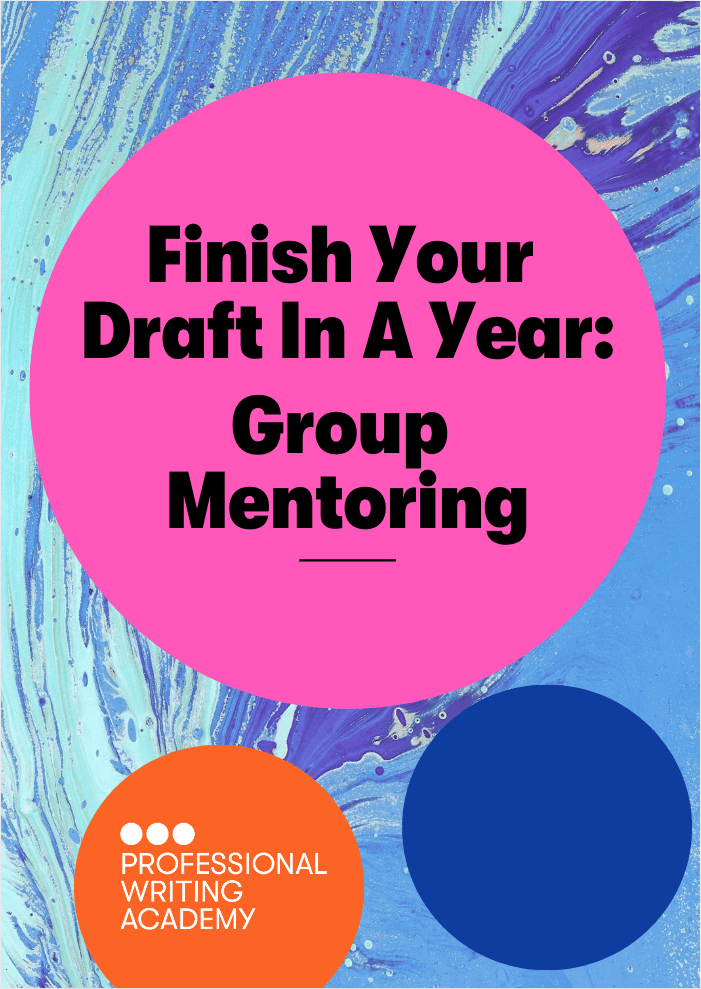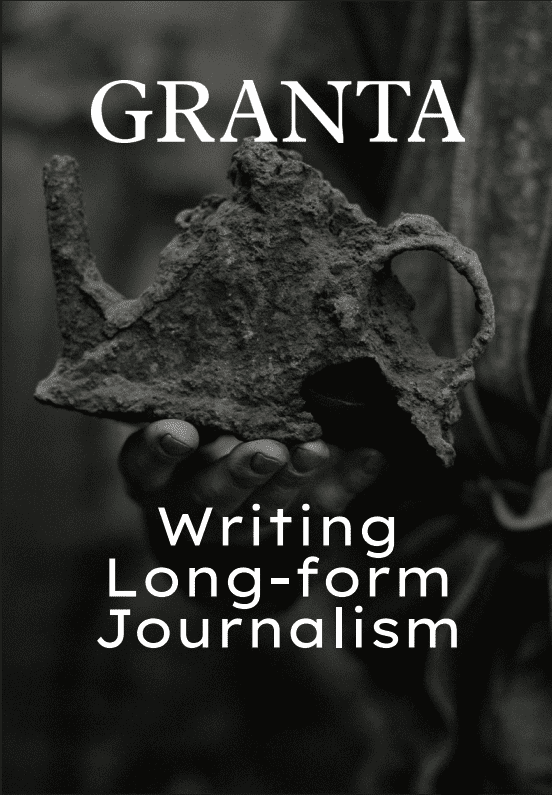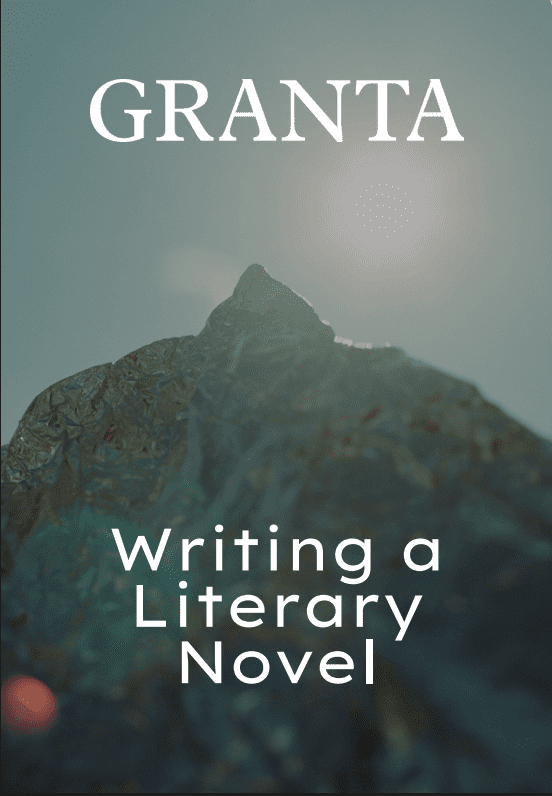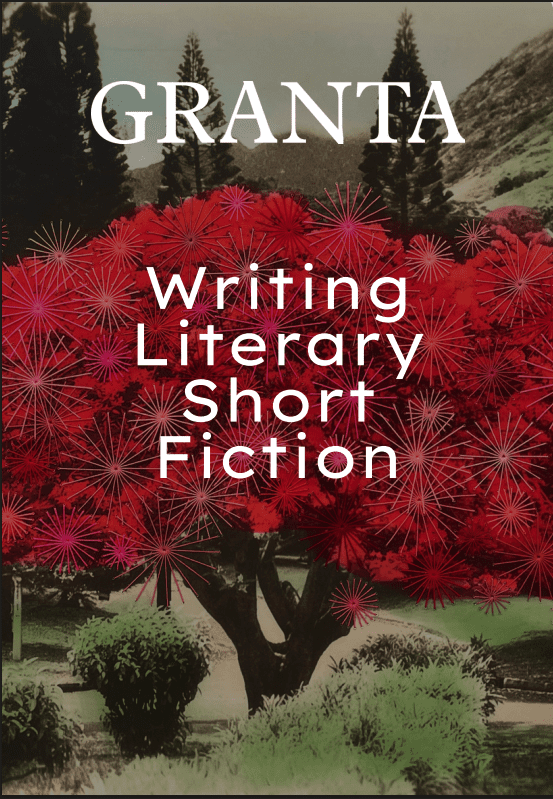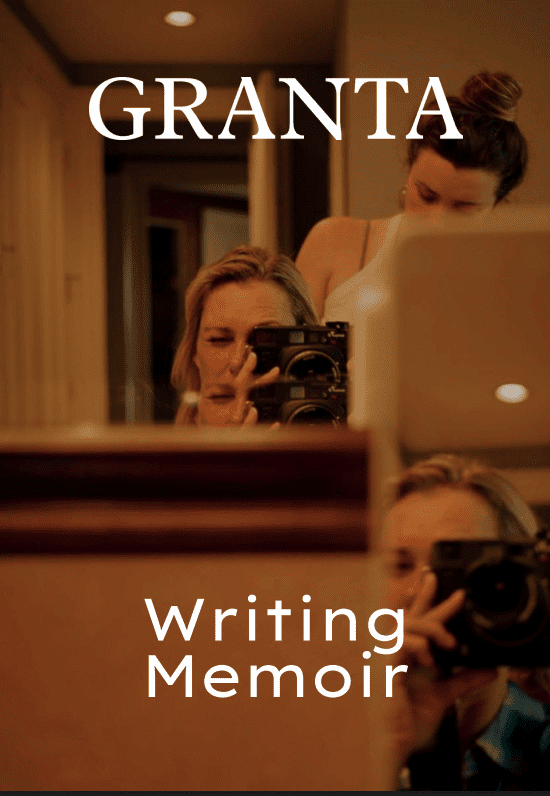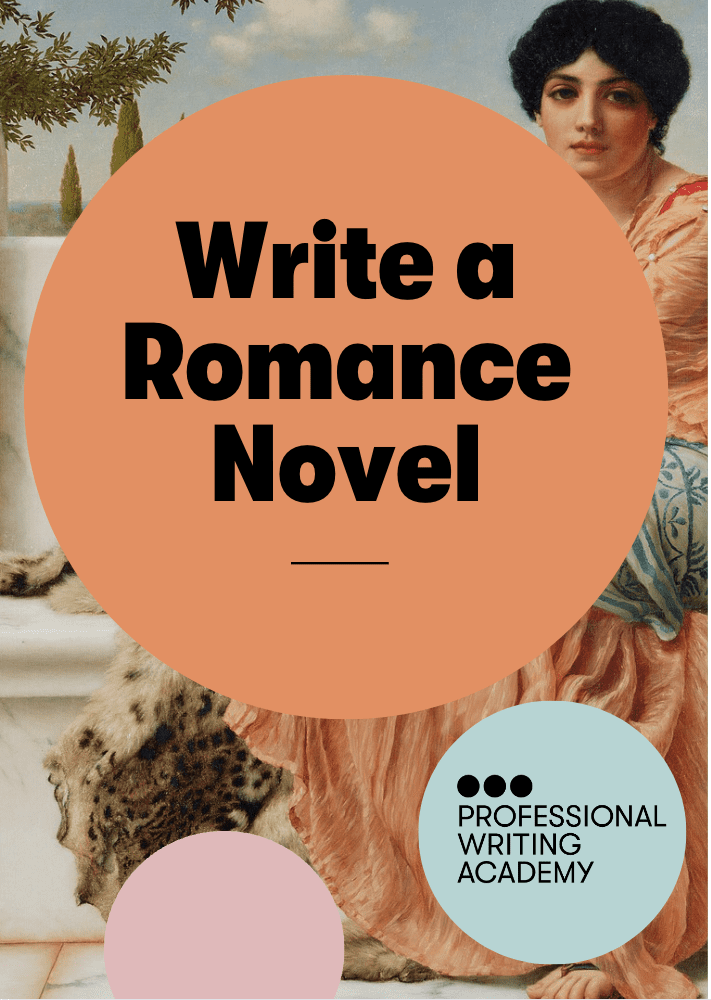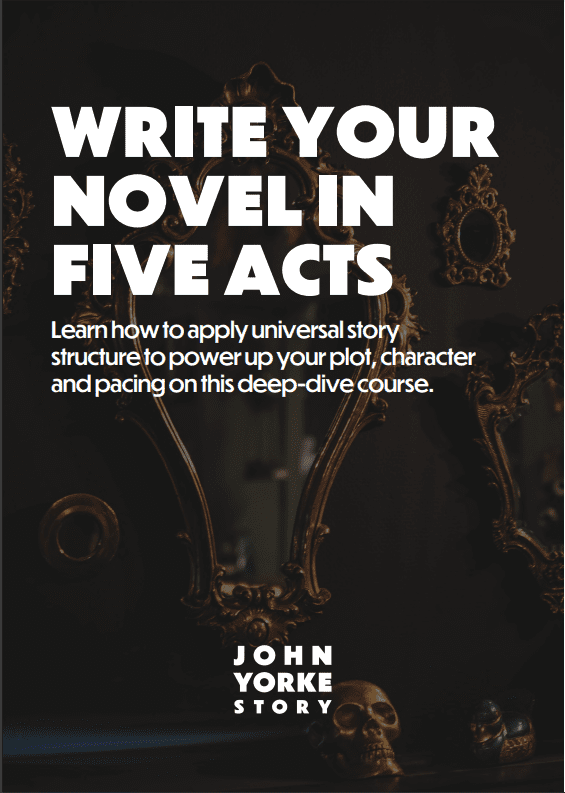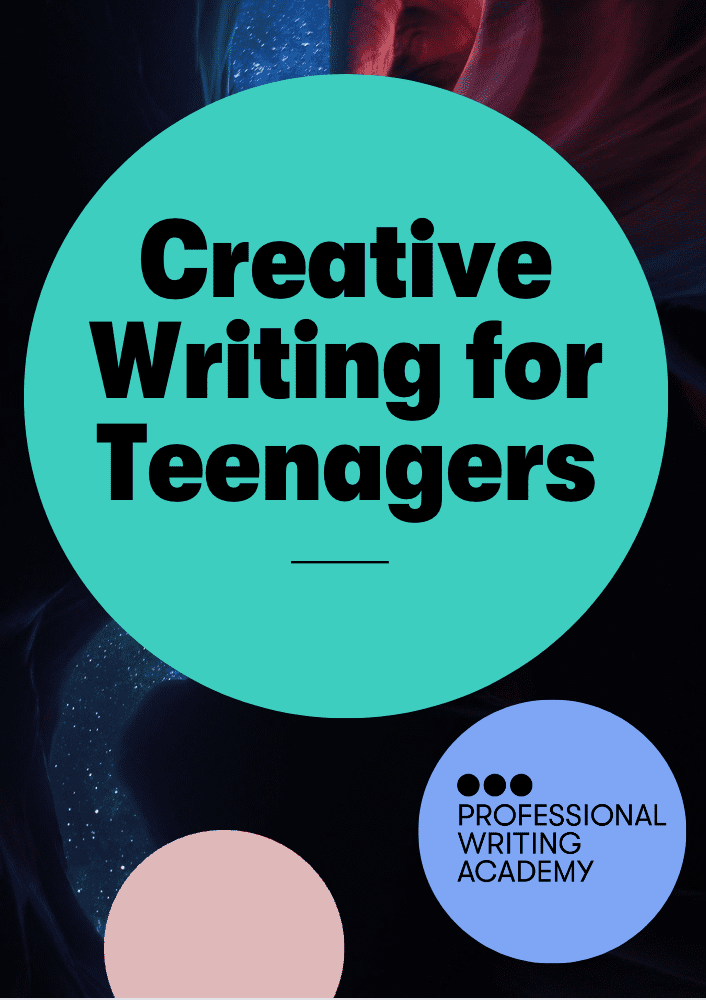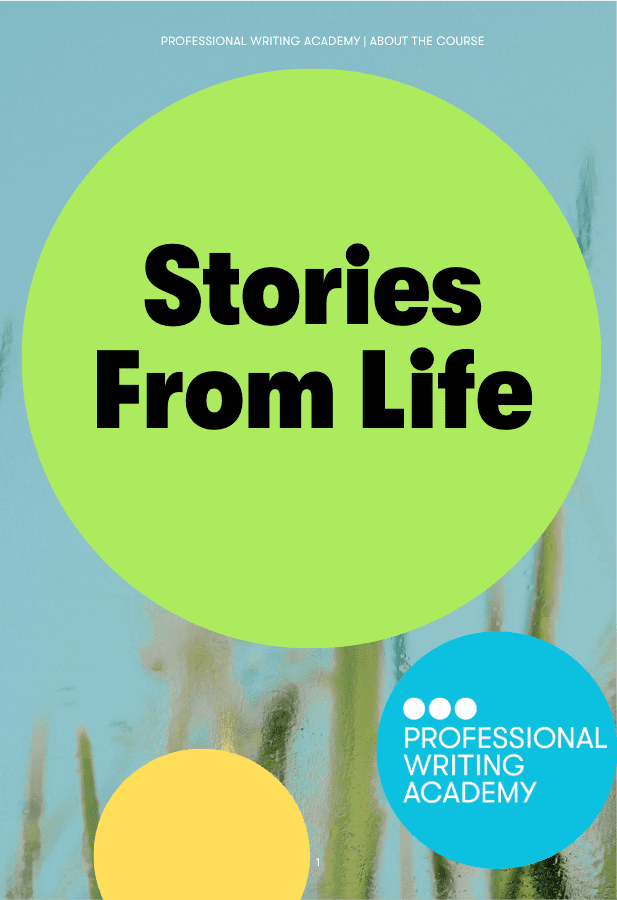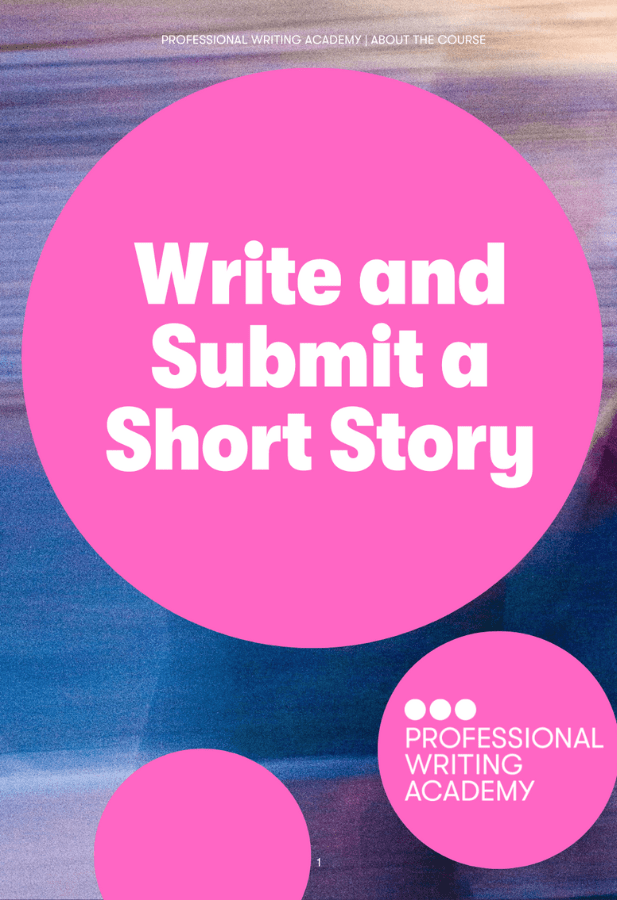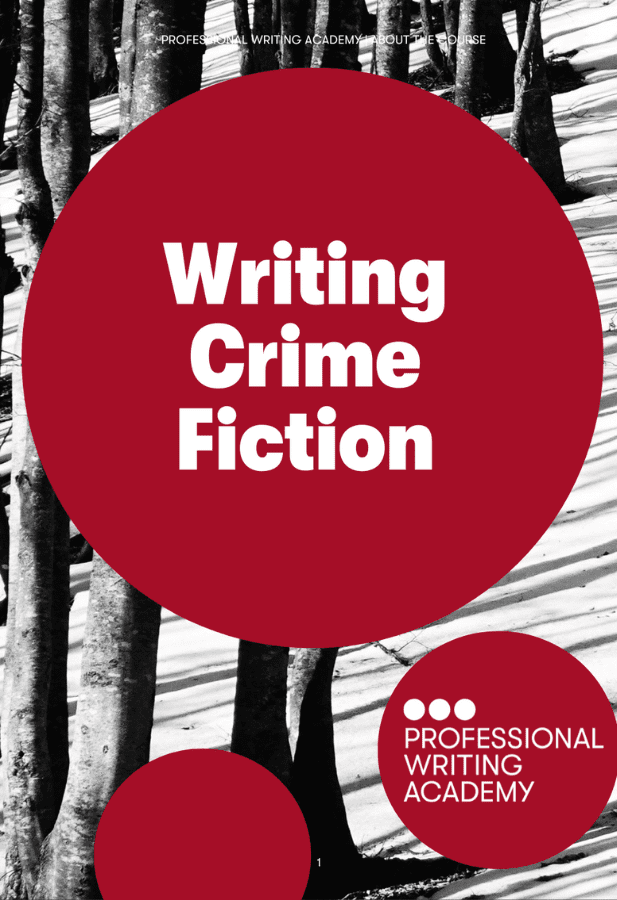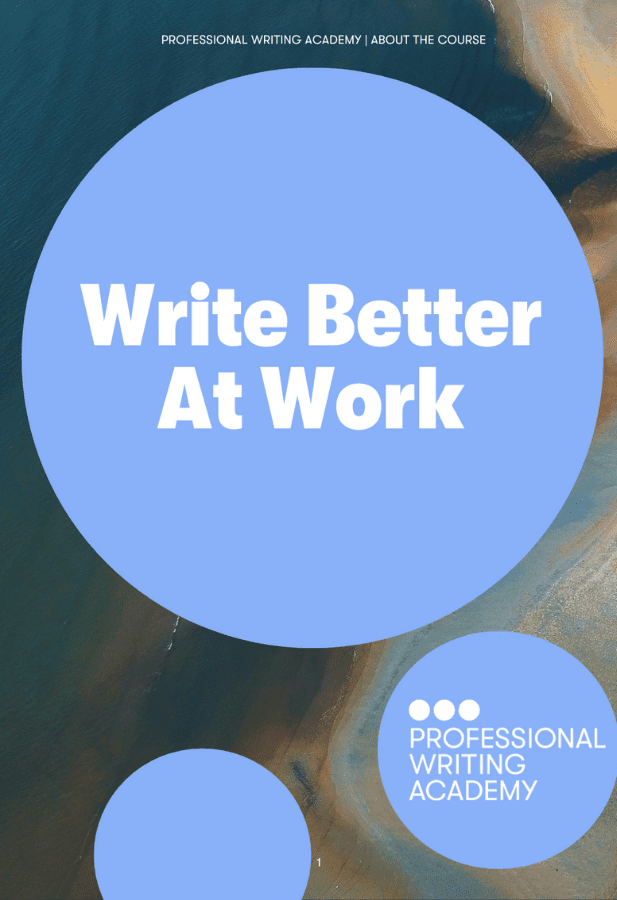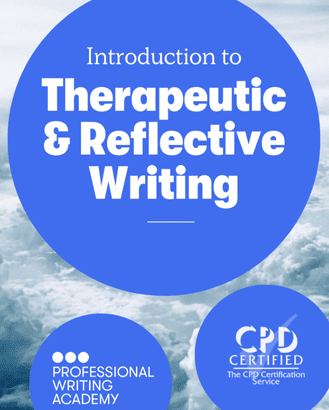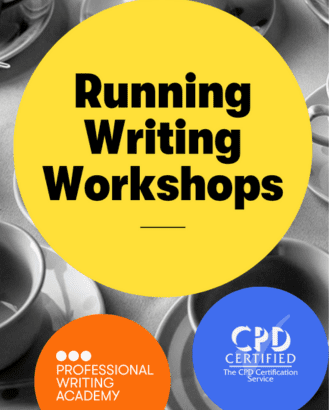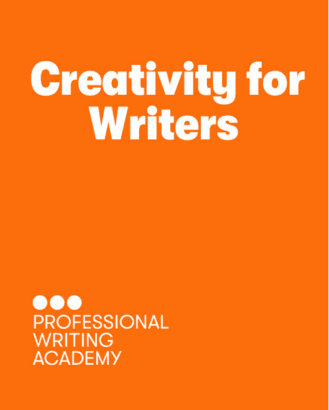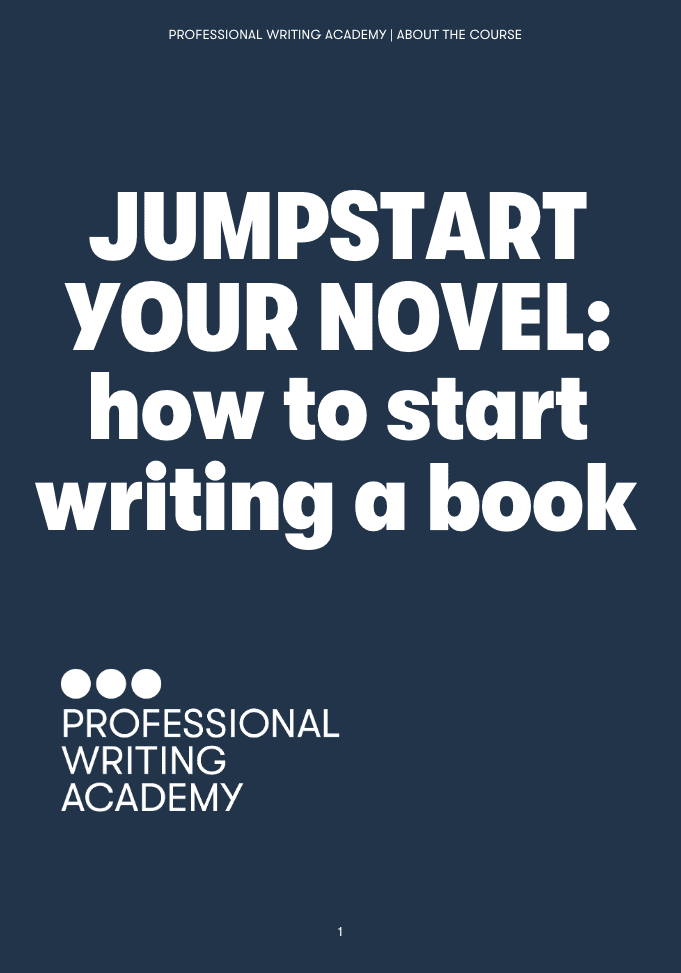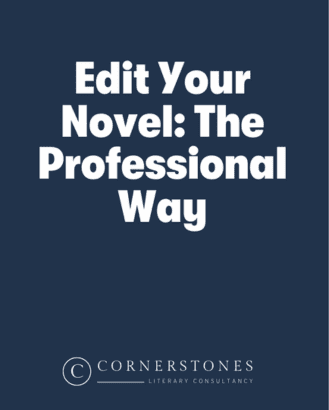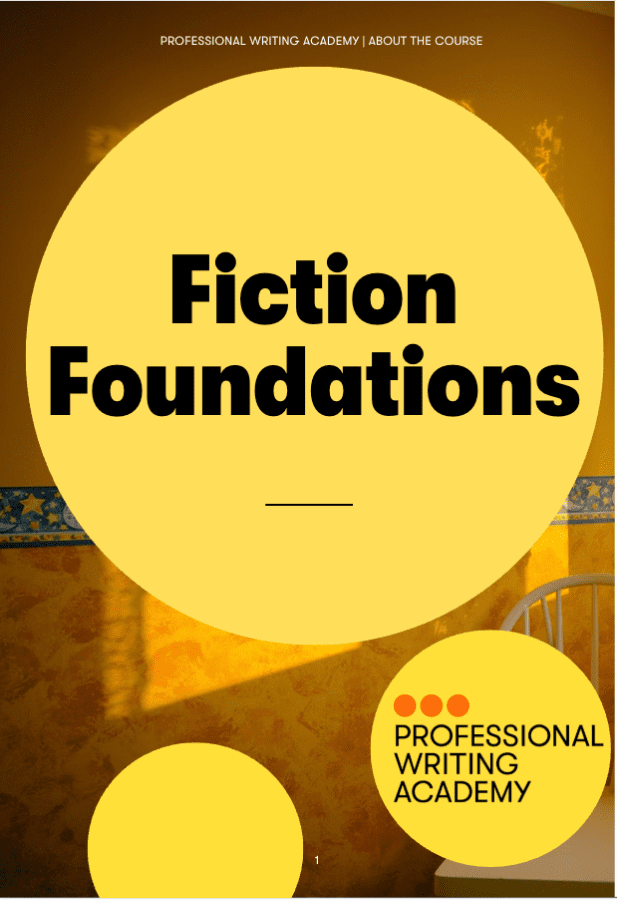For the last four years, I have done NaNoWriMo.
In non-writer speak that’s National Novel Writing Month, in which people all over the world attempt to write a 50k novel in a month during the month of November with the help of NaNoWriMo’s handy website.
To be fair, this fabulous, inclusive, supportive, writerly endeavour is really aimed at people doing a full time job, as opposed to writers like me whose full-time job is actually writing.
So, I already had a head start. But even with this huge boon, I have still managed to struggle to write a whole book in that space of time.
Sometimes life gets in the way even if you’re a writer, sometimes you have to stop to do revisions on another book, sometimes it’s just too exhausting – writing all day, every day for thirty days is a marathon whatever way you look at it.
After failing twice – crashing out at 10k and 17k respectively – I decided to use an idea I’d been working on to give me a head start.
The result was a book called The Virgin’s Shock Baby. The words just flowed during that November, and although I did have to do some revisions on it (because I have yet to manage to write a book which does not require them!) the main bones of the story, the characters and their conflicts, all the key scenes were there.
As luck would have it, The Virgin’s Shock Baby came out this October, so while I was doing publicity for it, I got to thinking at the beginning of October…
Can I do that again, but from actual ground zero this time? Can I repeat that remarkable, uplifting writing experience, with a book that I hadn’t even written a synopsis for? Let alone any words?
Now at this point, and one of the other reasons why I was considering doing NaNo again was that several things aligned…
I don’t as a rule plot – but you do need some semblance of an idea before you start.
– Heidi Rice
1. Incentivise Yourself
At the end of October I had just handed in another book and was waiting to hear back from my editor on it. I had one book to submit left on my current contract which had actually been due at the end of October, but which I was already late with because the first book in this particular 3-book contract had nearly killed me, took a tortuous six months to write and pushed all my deadlines back several months…
So, if I could get this next book out in a month it would make up for that nightmare book’s messing with my writing schedule. It’d still be a month late, but it would put me right back on track. So I had a lot of incentive – money-wise – to commit to NaNo!
2. Brainstorm/plot before you start
Just to be clear I am a pantser…I don’t as a rule plot. But you do need some semblance of an idea before you start.. For me, I got round to this as a result of another fortuitous thing that happened in October.
I went on a ten-day road trip to Texas with my best mate right at the beginning of the month.
We do this every couple of years, because we love each other and we love discovering and re-discovering the hidden corners of the US (we met while doing a Comparative American Studies degree at Warwick, ‘nuf said!) and it’s a great way to enjoy just being ourselves – as well as mums, and wives, and workers, etc. (There is a reason why one of our favourite movies is Thelma and Louise – although we always leave out the driving off a cliff bit!)
My synopsis was nothing like the finished book, but it committed me to the process and, perhaps even better, I had a clear idea for an opening scene!
– Heidi Rice
Anyhow, this year we ended up doing a five hour drive one day through the Big Bend then along the border country on I-90 from Marfa to Fort Clark Springs… The desert landscape was rich and evocative and during the drive I brainstormed an idea for my first Sheikh book with my best mate. I’d had an unformed idea mulling about in my head for a book in which the heroine was a ghost writer who was commissioned by the hero… That was it, that was all I had. Now, my best mate is not a writer or a romance reader, but as we chatted about my characters, their backstories, what their motivations were, we refined the story, discovering some of the key themes, the plot points, etc and ended up with a much better semblance of an idea for this book with her playing Devil’s Advocate.
For example, I’d discovered my hero was a royal personage of some description who wanted my heroine to write a hagiography of his dead father – the former ruler of a secretive oil-rich kingdom. In reality, his father was a despot, but the hero wanted to hide this as he brought democracy to his kingdom, but he hadn’t counted on my heroine’s thirst for truth and knowledge, or the insane sexual chemistry that they shared, etc, etc.. These were just a few of the things we discovered about the story during our drive… Which just goes to show, folks, if you don’t already know this, as a writer you can work anywhere, even when you’re driving a car… Unfortunately we got a bit too into our brainstorming at one point and ended up getting pulled over for speeding!
At that point, as we sat in the car watching the highway cop saunter towards us with his gun on his hip things got a bit too Thelma and Lou… But luckily the officer who stopped us was an absolute sweetheart and only gave us a caution (he is so ending up in a book one day!). Anyway, the caution and the ‘crapping ourselves’ moment was worth it, because when I got back to the UK, I had enough of an idea for this book to slap up a synopsis on my NaNoWriMo page in late October. BTW, that synopsis is nothing like the finished book, but it committed me to the process and, perhaps even better, I had a clear idea for an opening scene!
Although I’d encountered a problem, it was early days and I’d got ahead, so why not take advantage of that and use the extra leeway to figure out what was wrong?
3. Have a clue for your first scene
That first scene is pretty important when you kick off with NaNo on November 1st, because with only 30 days to write your story you have to hit the ground running. If you spend hours – or even waste your first day – trying to figure out what you’re going to write for that first scene you’re screwed, because you will already be waging an uphill battle by Day 2, which is going to make it that much harder to incentivise yourself. That said, your first scene doesn’t HAVE to be the opening scene for your novel like mine was, and that may change during the course of the month anyway – I will cover the non-linear approach to NaNo in Top Tip 5 – but before that in my personal NaNo journey this year I have…
4. Go off-piste, if you have to
Although I hit the ground running with my first scene, managed to add yet more words to it by Day 2 and was feeling pretty impressed with myself… It all went a bit pear-shaped on Day 3. Yeah, Day 3! I was flagging because I’d completed my opening scene and I liked it, or mostly liked it, but something wasn’t working. Already. Should I charge ahead and ignore that feeling, or take the time to stop and rewrite the scene, and figure out what was wrong? Because I’d been feeling chipper and excited about my great early word count the temptation here was to forge ahead. Bollocks if it’s not working, I WANT MORE WORDS!
But then I stopped to think – and here’s the great thing about NaNo: it gives you the scope to do this. It gives you loads of stats. You’re aiming to write 1667 words per day, which actually isn’t very many if you break it down (especially if you’ve got the luxury of the whole day to write), so if you write extra words some days, obviously you have more leeway on others – and your NaNo novel stats will tell you exactly how much leeway you’ve got. So here’s what I decided: It was early days, I’d got ahead, so why not take advantage of that and use the extra leeway to figure out what was wrong? I knew from my process and my previous NaNos that launching into a book that wasn’t really working right from the start was a recipe for disaster, which I would pay for later. I didn’t get back up ahead of the curve again till Day 9, but taking that break on Day 3 to correct myself meant that I was able to keep up the forward momentum. That’s pretty important in NaNo, and something you need to try and do no matter what. Which leads us to…
Sometimes you have the luxury of going back and rewriting, but other times you might need a bit more time to percolate a particular scene in your head.
– Heidi Rice
5. If a scene’s not working — write another
Sometimes you have the luxury of going back and rewriting, other times you might need a bit more time to percolate a particular scene in your head.
Or, maybe you’re just bored with the chronological order of the story and you’ve got this really vivid idea of a scene that comes much later that you want to write first.
This happened to me a couple of times during my NaNo story.
Ordinarily, I wouldn’t jump ahead, because I tend to panic that I’ll never want to go back and finish the other scene, or the scene I want to write might never end up in the book — I’m a bit of a completest on the sly — but with NaNo you can totally use your dogged pursuit of all things word count to free up your writing that way.
For me, that turned out to be liberating. When I actually ended up incorporating my jump-ahead scenes into the story, I had to change them quite a bit, because the stuff that had gone before had changed too in between the time when I wrote it and the time I got to add it to the timeline, which is why I wouldn’t recommend doing this too much.
I would also advise not writing in capital letters on your manuscript “ADD SEX SCENE IN HERE LATER” when your son is looking over your shoulder!
But, it was still cool having those jump-ahead scenes ready and waiting for me to give me a crucial road map to follow as I filled in the blanks. For this reason, I would also suggest…
NaNoWriMo isn’t about finesse or fine, finished, perfectly polished prose. It’s about spewing out that rough draft in a month.
– Heidi Rice
6. Don’t sweat the small stuff
I found that while I was keen to change things up occasionally (Tip 5), and I did stop and re-edit a couple of scenes that weren’t working so as not to stall my forward momentum (tip four), it was also invaluable not to freak out too much about the actual quality of my writing.
You know, that moment while free-writing a scene when you wince and think, ‘oh crap, did her blush just go radioactive again!‘ – ie: that moment when you realise you’ve already used that stock phrase about two dozen times before in the story.
I’m telling you now: don’t worry about that.
You can fix all of that when you re-read the story, figure out a more original way to describe her blush, or maybe stop having her blush like a nun every two seconds full stop.
That’s all in the finesse you’ll bring to the story later. NaNo isn’t about finesse or fine, finished, perfectly polished prose.
It’s about spewing out that rough draft in a month. And rough in my case meant rough (or even radioactive!)
7. Manage your procrastination
Now, as I said before, life will sometimes get in the way. In which case, you give yourself a pass.
I’m not someone who can write when my kids are sick, I’m sick, my boiler just blew up or during the myriad other things that might go unexpectedly wrong. That said, I am also someone who loves to procrastinate.
Procrastination is not life getting in the way, people. It’s you getting in the way of your writing. Now, that said, I also am not someone who can do NO procrastinating at all for a whole month.
I would have to cut off my fingers and blow up my modem to achieve that. I love social media, I’m addicted to fricking Instagram at the minute (thank you so much to my sons for introducing me to that handy timesuck) and I also love to go on trips.
With that in mind, I made sure I only agreed to one weekend away in November (more on that later in Tip 8) and I also made a concerted effort to limit my social media fiddling.
I will admit that it didn’t hurt at all that by the middle of the month — I was so into Zane and Cat’s story I was actually keen to write it. Piddling about on Facebook finding out what my spirit animal was or who I’d been in a former life (Cleopatra btw, if anyone is interested) didn’t appeal as much as it usually would, but that won’t always be the case.
Having said that, maybe getting into the story was actually a result of abiding by Tip 8…
NaNoWriMo pushes you to write every day, and I’ve discovered that the more regularly you write, the more you get into your story and your characters.
– Heidi Rice
8. Write every day — no excuses
No excuses — except for the life getting in the way one, obviously.
For me, having to write every day became an issue several times during my NaNo month for a number of reasons.
For starters, even though I write for a living, I don’t usually write on weekends (unless I’m on a screaming deadline).
I don’t always write every single weekday either, because I might have other stuff to do instead which I can convince myself is actually writing (even though it actually isn’t) such as publicity for a previous book, updating my website, or writing a blog.
As it happens, I was also tutoring the Writing Romance online course which I love doing, so that was another thing I would’ve quite happily been doing instead of writing my own story.
But despite all of that, during November, I forced myself to write my story every single day until I’d finished my book.
This is another great asset of NaNo: it does push you to do this, and I have discovered that the more regularly you write, the more you get into your story and your characters.
Because of that, ideas start percolating and things start being revealed that only familiarity with your story and your characters can give you.
I was actually waking up at night occasionally with a new idea for a scene (to be fair, that got a bit annoying, especially when I couldn’t remember the idea the next day – or I did remember it and realised it was pants!).
The day when I really struggled to write was during the one weekend trip I had allowed myself, but I managed to update my word count and stay ahead of the curve.
– Heidi Rice
The one day when I really struggled to write was during the one weekend trip I had allowed myself.
This was a trip to Manchester with my husband, who was being interviewed at a special crime writing conference at the University of Salford on the true-crime book he published in July called Hunt for the 60s Ripper.
We arrived on Friday night, had a great night out in Manchester, got ever so slightly merry and didn’t crash out in our room at the Premier Inn in Salford Quays until very, very late…
I knew I wasn’t going to be able to write on the train home the next day (because my youngest son has kidnapped my laptop and is holding it to ransom in his uni room in Sheffield), so the only option left to me was to write in the Premier Inn the next morning, while my husband headed off to the conference.
I’m not gonna lie…that was hard work.
Sitting in that room, somewhat hungover (more on that in Tip 10) and booting up my husband’s laptop while the big cuddly bed was beckoning and I knew all sorts of cool stuff was going on at the conference.
I didn’t manage a huge word count that day, but I managed enough to update my word count and stay ahead of the curve – which brings me to tip nine…
Find what works for you – maybe chatting in the community forum, or doing one of your local write-ins at a coffee shop – but whatever it is, use it.
– Heidi Rice
9. Keep updating & other tricks
Updating my word count obsessively definitely worked for me, incentive-wise.
It was one of the things that got me sitting my butt in the chair each day, unplugging my internet and forcing myself to put words on paper.
I wanted to see where I was on the curve, wanted to get that little badge saying I’d updated my count five days in a row, or reached a particular milestone, etc.
On those days when I had found it hard to write, or my procrastination management took a hit, I got into updating my word count every time I took a screen break, just to convince myself that I had made some progress.
During my normal writing life, I write in the mornings, but because of my word count update addiction, I discovered that on days when I’d been farting around too much I would have to write in the afternoon or even the evening to get those words done.
The NaNo site also offers other incentives for writing. Find what works for you — maybe chatting in the community forum, or doing one of your local write-ins at a coffee shop. But whatever it is, use it. And keep updating that word count.
The other thing I did health-wise was that I decided to stop drinking alcohol at home for the duration of November.
– Heidi Rice
10. Keep fit (and don’t get pissed too much)
This is a special tip for those of us (like moi) who do sedentary jobs and are no longer under 25 anymore.
I’m not entirely sure how much this helped with my creativity and productivity — because sometimes those things can be down to other factors too, like your characters actually talking to you! — but personally, I did two things last November which I think really helped.
The first thing I had actually started during the summer, and had nothing to do with NaNo specifically.
I started running regularly. Don’t get me wrong, I am not a runner. I have never been a runner, but I discovered that I was rarely using my gym membership, I was turning into a lard ass and running was the cheapest way to fix that.
So, in August I downloaded the brilliant NHS Couch to 5k app. If you’re in the UK you can download this for free and it’s a nine-week guide to starting from scratch and ending up running 5k, with lots of help from your mentor (mine is Michael Johnson, who I am now ever so slightly in love with).
However, there are loads of other similar apps available to those not lucky enough to have the NHS. FYI, if I can now run for 30mins three times a week absolutely anyone can.
The other thing I did health-wise was that I decided to stop drinking alcohol at home for the duration of November. This gave me six alcohol-free nights a week instead of my usual three, so I was sleeping better and feeling better in the morning.
Of course, it also meant that when I was out and about I tended to drink too much (see Tip 8 and the Manchester debacle)…
Obviously, if you’re not a drinker and you already walk the prescribed 10k steps a day without having to drag yourself out of bed at seven and run in the dark, you’re already way ahead of me.
But, generally speaking, it’s good to remember that writing for long periods of time is actually hard physical as well as mental activity, precisely because there’s no physical activity involved.
***
So there you have it, my successful NaNoWriMo journey – in ten super-smug top tips.
I sent the book wot I wrote off to my editor at Harlequin Mills & Boon yesterday, and I’ve yet to hear back whether she thinks it’s publishable or a pile of poop (ie: I might well be feeling a little less smug shortly).
But whatever happens, I will always be super proud of my NaNoWriMo 2017 Winner’s Certificate. Have I mentioned that already?



